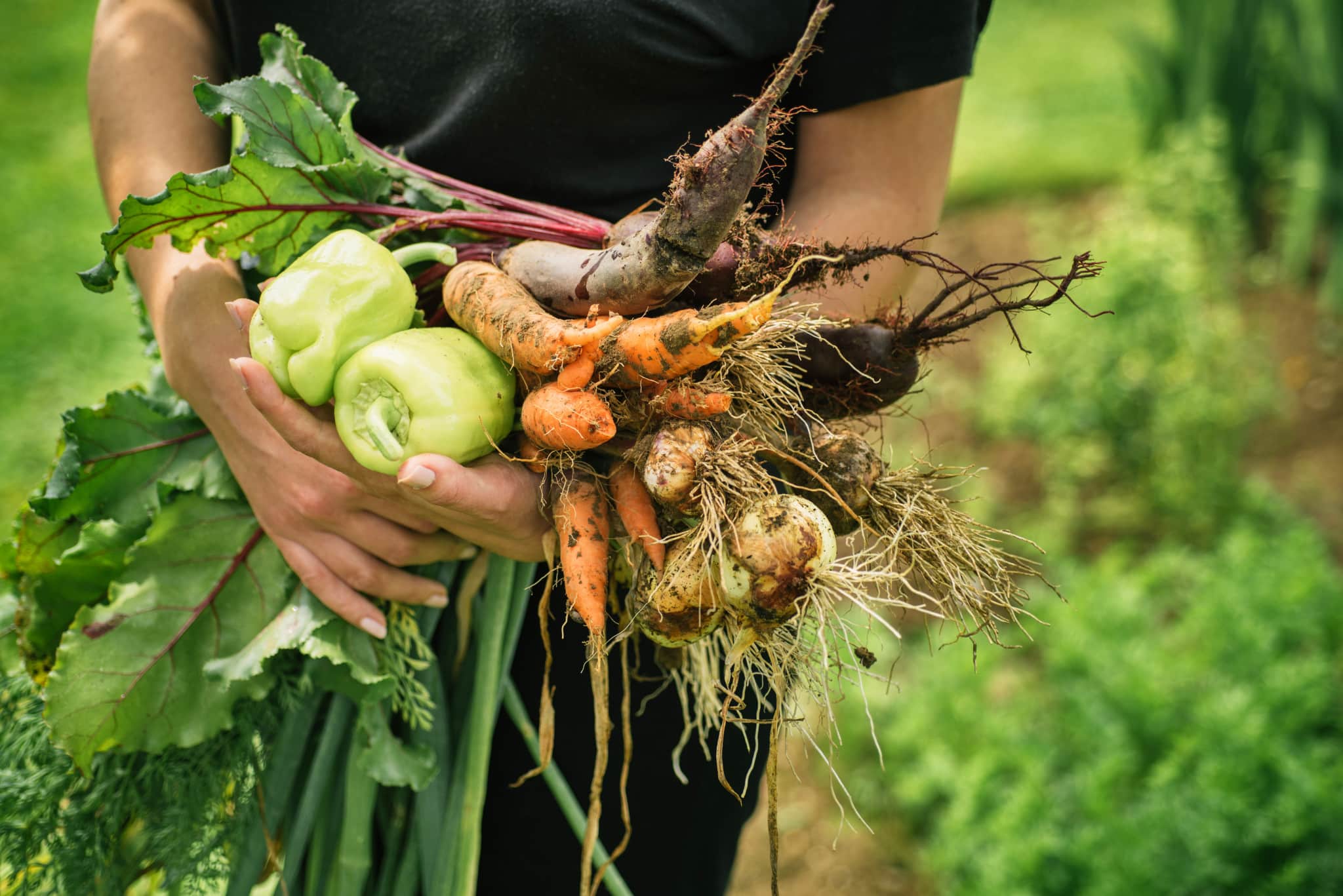Crumbly soil is home to a huge variety of life, more than we even know. Here are a few fascinating soil facts:
1. Soils support 95% of all food production
Either directly or indirectly, 95% of our food is produced on our soils. Healthy soils produce healthy crops which nourish animals, including us humans.
Nutritious and good quality food and fodder for animals can only be delivered if soils are healthy.

2. A quarter of all known species on Earth call soil their home

There is an abundance of creatures that live within the soil, including woodlice, ants, springtails, earthworms, earwig, mole and pseudoscorpion.
The soil depends on these living organisms to stay fertile.
3. Soils without earthworms can be 90% less effective at soaking up water
Soil is vital for purifying and storing water. As water seeps into the ground, bacteria and viruses are absorbed which cleans the water, but for this to happen the soil must be rich in micro-organisms that help to do the job.
The casts of earthworms act as channels, which allows air and water to get into the ground.

4. It can take up to 1,000 years to form one centimetre of soil

For this reason, soil is seen as a ‘non-renewable’ resource, because the formation takes hundreds to thousands of years, and it’s recoverable within a human lifespan.
Soil can be orange, brown, black or blue and its appearance will depend on where it is formed. The process will take longer in colder and drier areas compared to those that are warmer and wetter.
5. Only 1% of soil micro-organism species have been identified
Just one teaspoon of garden soil may contain thousands of species, but there are so many more organisms that are yet to be identified.
Bacteria, actinomycetes, fungi, algae and protozoa are all microbes found in the complexities of soil. Each of these has different characteristics and functions in the soil, and they interact with each other which influences the soils fertility.

6. Moles can eat up to 100% of their body weight every day

These small mammals prey on earthworms and other invertebrates which they catch in the complex systems of underground tunnels in the soil.
As they are part-time soil dwellers, they help to fertilise the soil by mixing plant litter, seeds and faeces into the soil. Meanwhile creating airways and passages for water to run through from burrowing.
7. UK soil holds nearly 10 billion tonnes of carbon
Soil holds a staggering amount of carbon, in fact 3 times the amount of carbon as the atmosphere.
UK soil holds nearly 10 billion tonnes of carbon, which is approximately equivalent to 80 years of current annual UK greenhouse gas emissions.

8. As soil is alive, soil can also die

Unfortunately, once soil is lost, it is very difficult to recover – as a place of huge biodiversity and carbon storage, the long-term impacts could be extremely damaging. This can happen through erosion, which sheds the top layer of soil from wind and water.
Compaction can also happen where the air is squeezed out of the soil and makes it hard for nutrients to get underground.
9. Fat in soil bacteria might protect against stress.
A study showed that a bacterium found in soil can boost resistance against stress and reduce inflammation.
A further case showed the positive impacts to children who grow up on farms, with exposure to beneficial bacteria, showing they are more resilient to stress and less likely to develop mental illnesses.

10. Compost was used 12,000 years ago

Archaeological evidence from Britain suggests that Scots improved their small farms with compost as far back as 12,000 years ago.
Chances are that these farmers turned their compost heaps into plots and planted directly into them rather than transporting the compost into fields.

Leave A Comment